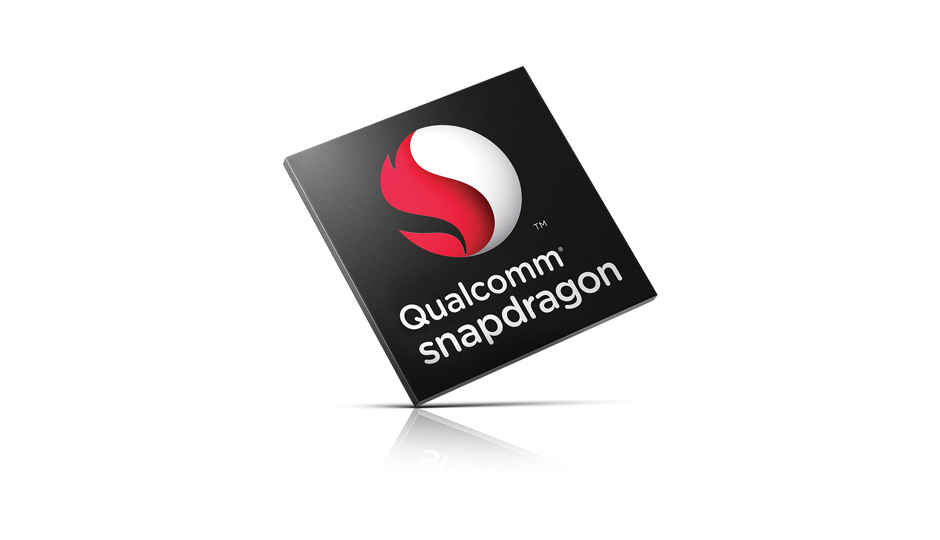Adreno 530 is faster than Apple A9’s GPU, claims blogger

The Adreno 530 on the Qualcomm Snapdragon 820 is about 10% faster than the PowerVR GPU employed by the Apple A9 chip, claims Chinese microblogger
Qualcomm’s latest Snapdragon 820 SoC is claimed to be twice as fast than the outgoing Snapdragon 810. However, a recent comparison graph of Geekbench scores was posted on Chinese microblogging site Weibo which suggested that the dual-core Apple A9 is the faster SoC. The same source has now posted on Weibo claiming that the Adreno 530 GPU on the Snapdragon 820 is 10% faster than the PowerVR Series 7XT GT7600 GPU used on the Apple A9.
While Qualcomm’s Snapdragon 820 will still take some time to go mainstream in smartphones, the Apple’ A9 chip is available on the iPhone 6s. This suggests that Apple would be working on the next gen of the chip which might close the claimed performance gap in the GPU department. Until then, Qualcomm Snapdragon might stay in the lead. Samsung’s new Exynos 8890 SoC also has a very powerful 12-core GPU on paper, but we haven’t seen any real life tests till now.
For the Snapdragon 820, Qualcomm has changed not just the design of the latest SoC but the architecture itself. The Snapdragon 820 goes back to a quad-core CPU configuration instead of continuing the octa-core setup, used on the Snapdragon 810. The SoC is based on 14nm FinFET fabrication process. Like we mentioned Qualcomm has changed the architecture and developed an all new Kryo core and the 820 gets four of these. Two of these cores are clocked at 2.2GHz and two cores can either be clocked at 1.6GHz or 1.7GHz, depending on the requirements.
Qualcomm has also employed an all new hex-core DSP, namely Hexagon 680 which is essential to the SoC as it will handle all the miniscule tasks without hindering the core processors. This DSP will be help the core processor in low-light processing, support for always-on sensor-aware apps, and computer vision. The new Spectra image sensor included in the chipset is capable of handling 14-bit dual image sensors. It will be able to support imaging sensors of upto 25MP. Support for Quick-Charge 3.0 is also included, which Qualcomm claims is four times faster and 38% more efficient than Quick-Charge 2.0.
Thus far, all these claims have just been in the talks but real life performance is yet to be seen.
Hardik Singh
Light at the top, this odd looking creature lives under the heavy medication of video games. View Full Profile




